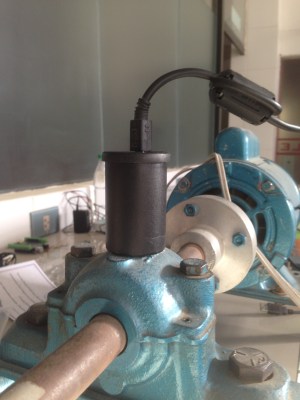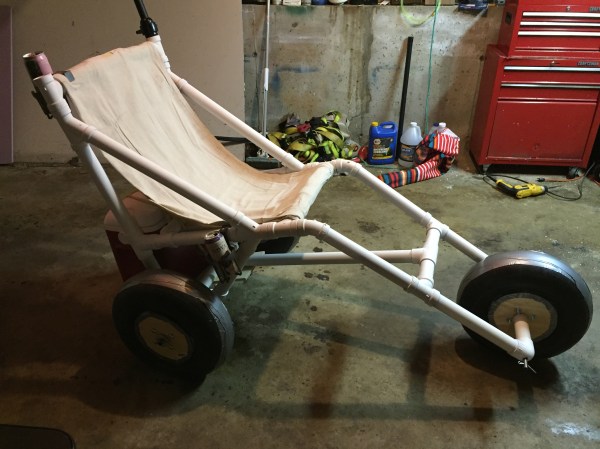If you’ve ever wanted to bring the brightest day into the blackest night, this flashlight shall give you sight. With a 100W LED array powered by up to 32V, this thing is exceedingly bright — it clocks in at about 9000 lumens! But the best part is that all every little detail of the build was documented along the way so that we can tag along for the ride.
The all-aluminium case houses the LEDs and their heat sink, voltage regulator and display, the AD and DC adapter and converter boards and their connectors, and fans to ensure adequate ventilation. It’s powered by a custom-assembled 6400 mAh 11.1V lipo battery or DC 20V 10Amp power supply via XLR for rugged, locking connection. The battery pack connection was vacuum formed for quick-swapping, and the pack itself will sound off an alert if any of the three batteries inside the pack run out of power. A nifty added feature is the ability to check the remaining charge — especially useful if you’re looking to bring this uncommonly powerful flashlight along on camping trips or other excursions.
Continue reading “Incredible Luminosity In A Portable Package”

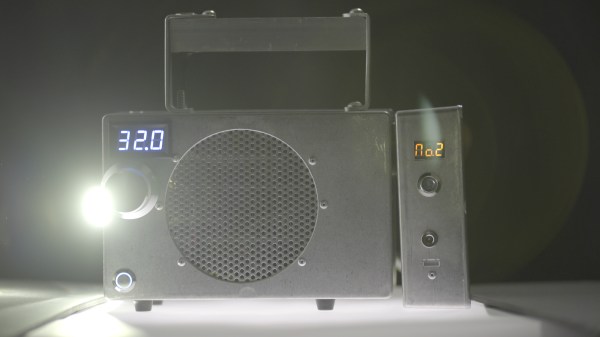


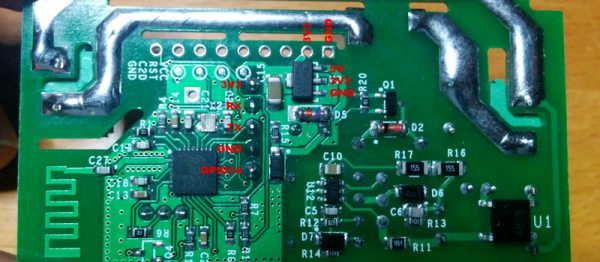
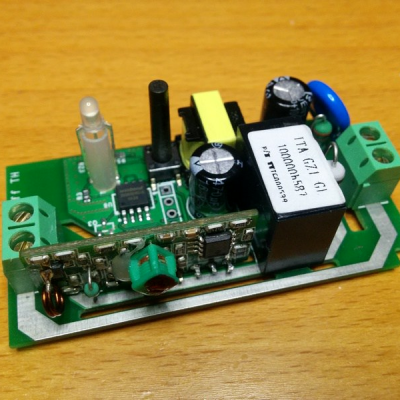 Aside from the teardown and reverse-engineering of the WiFi-enabled switch, [Tinkerman] also flashed custom firmware into the switch’s ESP-8266, and worked it all into his existing home
Aside from the teardown and reverse-engineering of the WiFi-enabled switch, [Tinkerman] also flashed custom firmware into the switch’s ESP-8266, and worked it all into his existing home 
